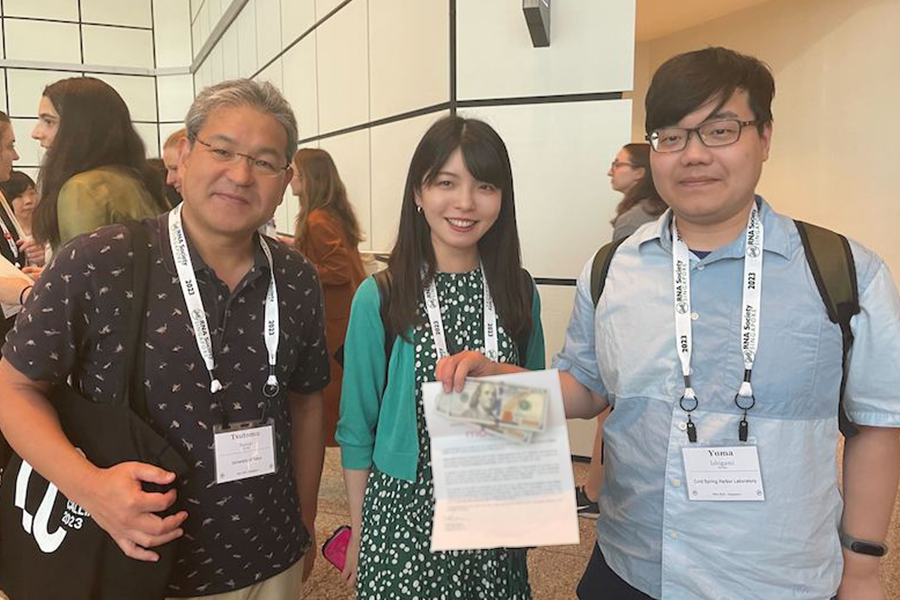Share this
On 28th June 2023, Professor Ippei Maruyama, Department of Architecture, received Le Châtelier Distinguished Paper Award 2021.

Le Châtelier Distinguished Paper Award 2021
The Le Chatelier Award are named after Henri Louis Le Chatelier's contribution to cement chemistry during his doctoral dissertation. Le Chatelier's principles are still used as fundamental principles in chemistry and continue to contribute significantly to understanding the complex cement chemistry. Cement and Concrete Research is the most prestigious journal in the field of materials science and materials engineering, particularly in cement and concrete, with a 15% acceptance rate and an impact factor of 11.4. In 2021, 258 papers will be accepted, of which three will receive the Paper Awards.
About awarded research
Concrete is the most massively used construction material, but the mechanisms of its long-term alteration, especially in strength, have not been clarified. In the past, both increases and decreases in strength were observed, and researchers did not have a consensus. In this paper, we reproduce this behaviour by numerical analysis and show why strength increases or decreases with drying. Specifically, by modelling concrete in three phases: coarse aggregate, which is the large aggregate in concrete; mortar, which is a combination of cement paste and sand; and the interface, and by considering the shrinkage and strength changes of the mortar and aggregate as they change with drying, the strength change of concrete can be explained by the shrinkage around the aggregate The model shows that the strength of concrete is affected by both cracks around the aggregate and changes in the physical properties of the mortar and that when the aggregate shrinks easily, cracks around the aggregate are small and the strength increase in the mortar is dominant, resulting in an increase in strength, while when the aggregate does not shrink easily, strength decreases.
Your impression & future plan
This research results from research conducted for the safe long-term use of energy plants. Still, it is also a technology that can be applied to civil engineering structures and general buildings. We would like to elucidate and demonstrate not only the changes in strength and stiffness of buildings and structures as a whole but also the existence of various other mechanisms of stiffness change and to develop technologies for more effective long-term use and a system for evaluating future performance of existing structures. In addition, the mechanism of compressive strength development of concrete has not yet been 100% clarified, so I would like to work on clarification of this mechanism.
These Related Stories


